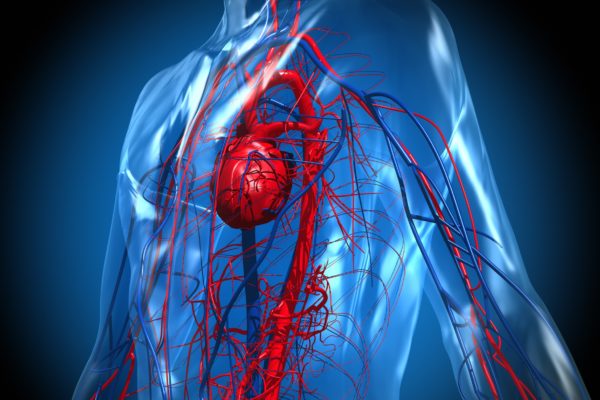
NHS.uk NF1
Neurofibromatosis is the name for a number of hereditary afflictions that mostly target the skin and nerve system. In all variants, small, usually benign, growths occur on the skin or in the nerve system. Only rarely do these growths turn malignant.
Neurofibromatosis type 1 (NF1)
People who suffer from neurofibromatosis type 1 (NF1) lack the protein neurofibromin, causing uncontrolled mitosis and the development of multiple tumours that are almost always benign. NF1 also used to be known as Von Recklinghausen’s disease. It is a rare condition that occurs in 1 in every 3,500 persons. Even though NF1 is not a life-threatening illness, life expectancy for NF1 patients is around 8 to 15 years shorter than average.
Neurofibromatosis type 2 (NF2)
NF2 patients have a deficiency of the protein merlin, and as a result unbridled mitosis occurs, causing the development of tumours. Most of these develop along the cerebral nerves, such as neuroma on both sides. Tumours can also occur in the cerebral membrane (meningioma) or in nerve sheath cells (schwannoma). NF2 tumours are always benign. Like NF1, NF2 does come with a shorter life expectancy.
Schwannomatosis
The third type of neurofibromatosis is Schwannomatosis. Here, tumours develop from the nerve sheath cells. They occur in the peripheral nerve system, i.e., the nerves that are not part of the brain or the spinal cord. They are usually found in the arms, legs or along the spine.
The severity of symptoms can vary wildly from one patient to the next. Some patients only display mild skin symptoms, others can present severe deformations. Even within family groups, NF1 can manifest itself in different ways.
Among symptoms for NF1 patients are:
Although tumours related to NF2 are always benign, they can still cause problems. This is a slow-growing variant of the disease and the first signs usually manifest themselves when patients are between 18 and 24 years old.
NF2 patients can experience the following symptoms:
Patients with Schwannomatosis can present:
NF1
Patients with NF1 have a mutation in the NF1 gene that impairs the production of the protein neurofibromin. This protein is specifically involved in preventing mitosis. A lack of neurofibromin can cause unchecked mitosis and ultimately result in the development of tumours. Neurofibromin also plays a part in brain function, which explains why NF1 patients often display cognitive, behavioural or motoric disorders.
NF2
Patients with NF2 have a mutation in the NF2 gene, impairing the production of the protein merlin. The NF2 gene is also known as the tumour-suppressor gene. A merlin deficiency causes unbridled mitosis, ultimately resulting in tumours.
Schwannomatosis
Unlike NF1 and NF2, the cause for Schwannomatosis is not quite clear. Research shows that a genetic disposition may be present in some patients, and evidence indicates that the SMARCB1 and LZTR1 genes may be involved, but it is not yet clear how.
Neurofibromatosis is not easy to diagnose. The main reason being that many of the symptoms also occur in conjunction with other illnesses. Differential diagnosis is the best way to come to the correct diagnosis for NF1; ruling out each possibility one by one.
Diagnosing NF2 is done along the Manchester diagnostic criteria. These determine that a patient has NF2 when he/she has:
Alongside this method, a genetic test is performed to establish the mutation in the NF2 gene.
Schwannomatosis is difficult to diagnose, and it is also not easily distinguished from NF2. Specialists differentiate between ‘probable Schwannomatosis’ and ‘definite Schwannomatosis’.
NF1 is incurable, but there are medicines that can keep the disease at bay. In order to prevent benign tumours from developing into malignant ones, active growths are removed surgically, unless the specialist rules out the risk of malignancy. However, due to the severity of deformations caused by NF1, surgery or laser procedures are often performed anyway.
Patients with NF2 and Schwannomatosis also face the prospect of numerous operations during their lifetime, especially when tumours develop in the vicinity of important nerves.
Targeted therapy for NF1 and NF2 with MEK, mTOR, RET and VEGFR inhibitors are under current investigation.





